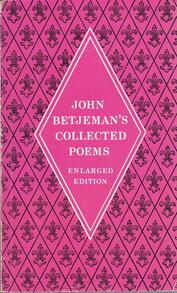
John Betjeman's Collected Poems
We were not a bookish household, and especially not poetry, but my father got me this book after he read an article about Betjeman in the newspaper. His style didn’t do a lot for me though like Larkin I came to appreciate it, but his subject matter was all around me, from tennis clubs to the keeping of social face to the Underground trains that jolted along the tracks through leafy suburbia and were the reason we and our neighbours were here. He’s very good on death and lust (he never really came to terms with either) but can be trite in other poems; a “Collected” can be exposing, I don’t know why poets agree to them, a “Selected” is so much safer!
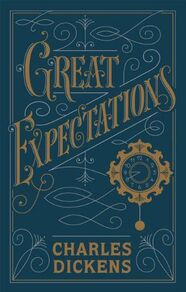
The novels that have stuck with me come from my teenage years; I guess longevity in the mind is as good a test of worth as any. This is such and comes with the advantage of being one of Dickens’ shorter novels (it took me fifteen years to finish Martin Chuzzlewit ...). For me, Pip remains the unquestioning eternal child, really quite out of his depth and at the disposal of others even when good fortune comes his way. Miss Haversham is a wonderful creation and the story arc of the convict has conviction. The marshes, the graveyard, the crumbling wedding cake, have all stayed with me; no wonder it is a popular adaptation for film, television and the stage. I would recommend the novel Jack Maggs by the Australian author Peter Carey; a wonderful re-reading of the Magwitch character.
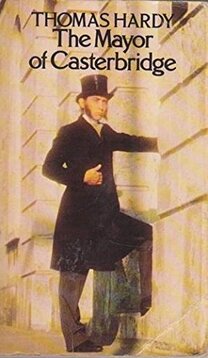
This was my introduction to Hardy and his grinding wheel of fate; goodness me, that wheel was in every book and never tired of turning…..I bought The Hand of Ethelberta, his only comedy, and even in that fate was the implacable foe never to be defeated. However, I read this at an impressionable age, and in a relatively short novel (this seems to be a recurring theme based on my concentration span) I was knocked out by the story of remorse and redemption and ill founded pride and Henchard’s wish to be obliterated and forgotten. That summer I took a bicycle trip around “Wessex” staying in many of the places he renamed as locations including Dorchester and Corfe Castle, and this cemented the story in my head for ever. There was a TV adaptation at the time starring Alan Bates as the eponymous character, and so convinced was I by his performance that it was a surprise to me a couple of years later to overhear him talking to his agent in a restaurant and find that he was quite the effete thespian and not a gruff son of the Dorset soil! That was my introduction to the art of disguise and bloody actors….
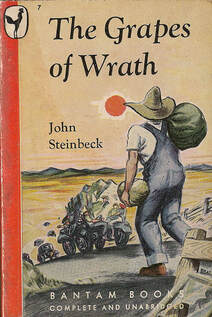
I was in a bookshop where I grew up and idly fluffing through the shelves when I stopped at this book. I started reading the back cover when the local rabbi spoke from behind me: “Read it, you’ll never forget it”. So I bought it, read it and have never forgotten it. Led me onto many other Steinbeck books and was probably my first taste of an American author, but none of his books topped this for ambition and story telling and a voice of righteous indignation; nowadays, he would probably be considered very left wing in the USA. He won the Nobel Prize, though I’m not sure he deserved it and you could equally argue that, say The Great Gatsby, was the great American novel. But The Grapes of Wrath has had a huge effect throughout the world (certainly the post war years) on social policy and government action and on the minds of readers. “Once read, never forgotten” is a pretty good blurb to put on a book!
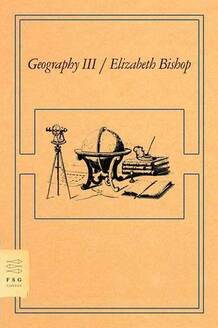
Geography III by Elizabeth Bishop
Bishop is a touchstone for me. Whenever I am struggling to make sense of the flow of a line, when I have screwed up a verse with a loud clunk, I open this collection and my way forward becomes clear. She wasn’t one for confessing, indeed went out of her way to hide herself, so many of the poems are seemingly observational (The Moose and The Waiting Room) whilst staying in the first person. One Art is probably the most famous poem here, a tight villanelle, and there are many other joys. but it’s her invisible techniques that keep bringing me back when I’ve had enough of Hughes and Larkin.
Shortlisted for the Bridport Prize (2014 and 2017)
Commended in the Prole Laureate Competition (2015) and Prole Laureate for 2017
Commended in the Welsh Poetry Competition (2015) and Highly Commended in 2017
Hawthornden Fellow (2019).
Publications:
"Bodies" (2015) "Cry Baby" (2017) via Indigo Dreams
https://www.indigodreams.co.uk/gareth-writer-davies/4587920255
https://www.indigodreams.co.uk/gwdcrybaby/4594091370
"The Lover's Pinch" (2018) The End (2019) Via Arenig Press
https://www.arenig.co.uk/product/the-lovers-pinch/
https://www.arenig.co.uk/product/the-end-gareth-writer-davies/

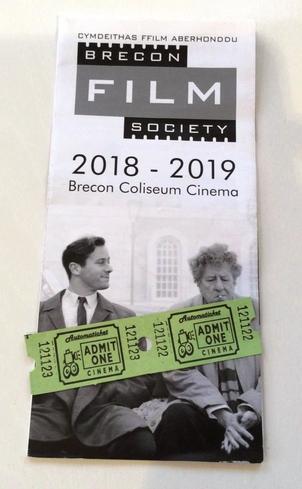
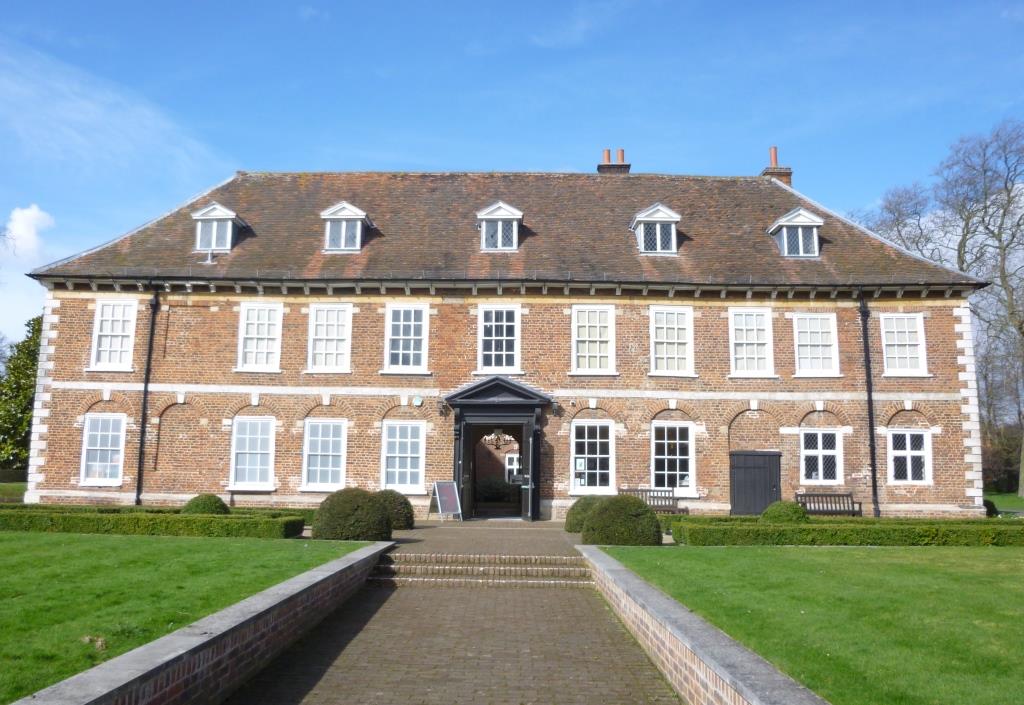
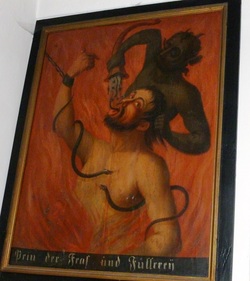
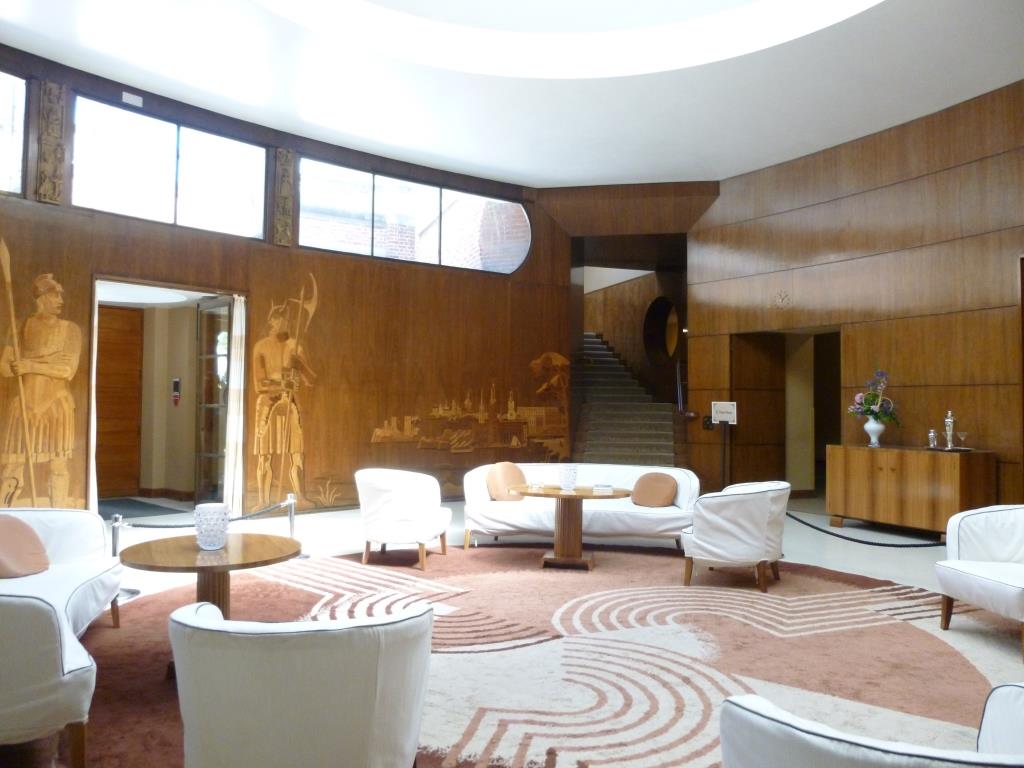
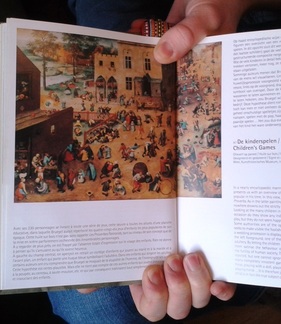
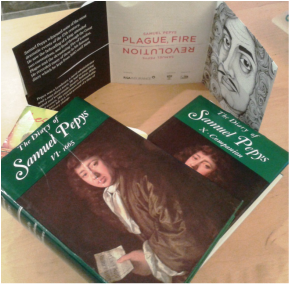
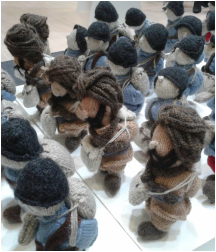
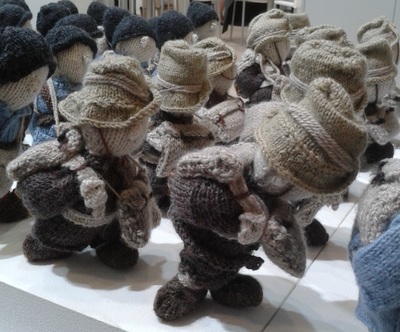
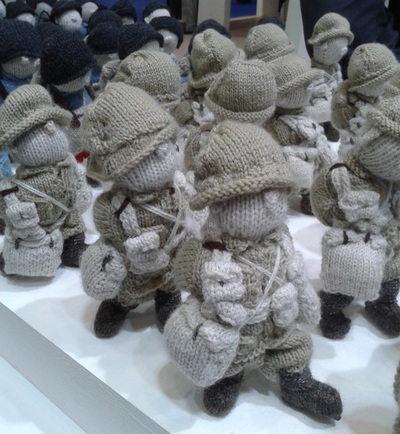
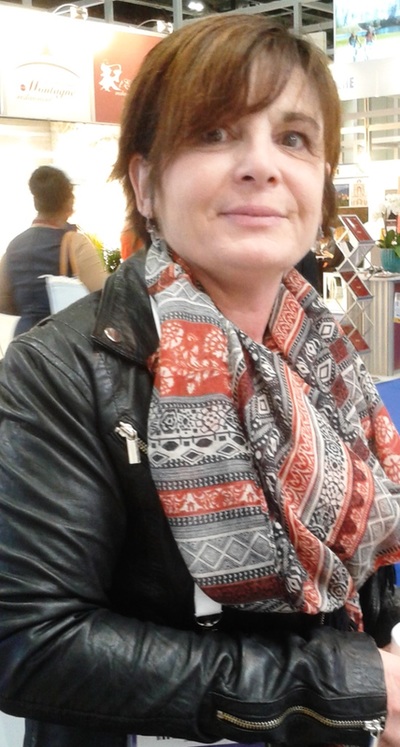
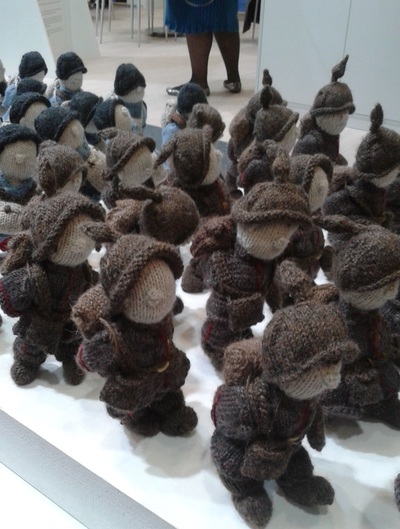
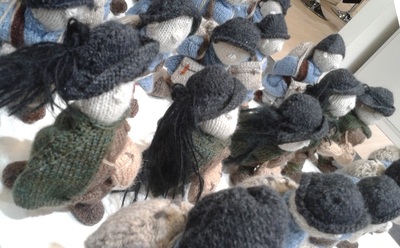
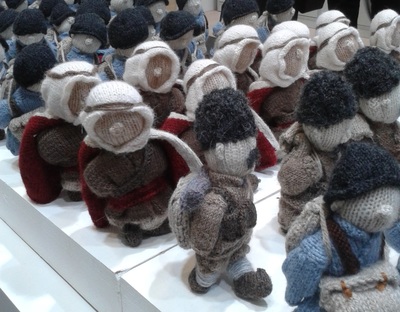
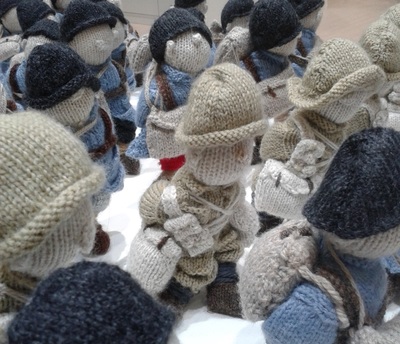

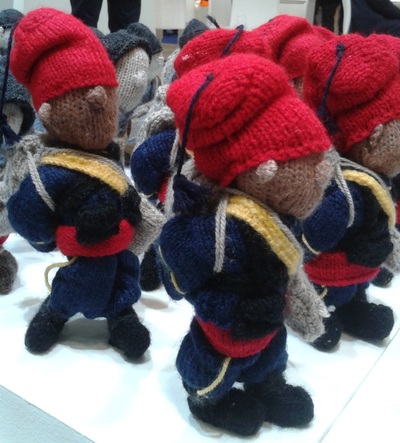
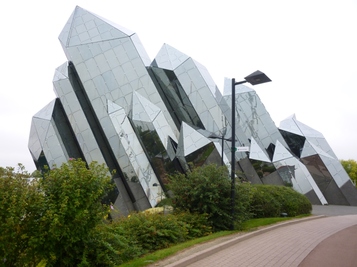

 RSS Feed
RSS Feed
